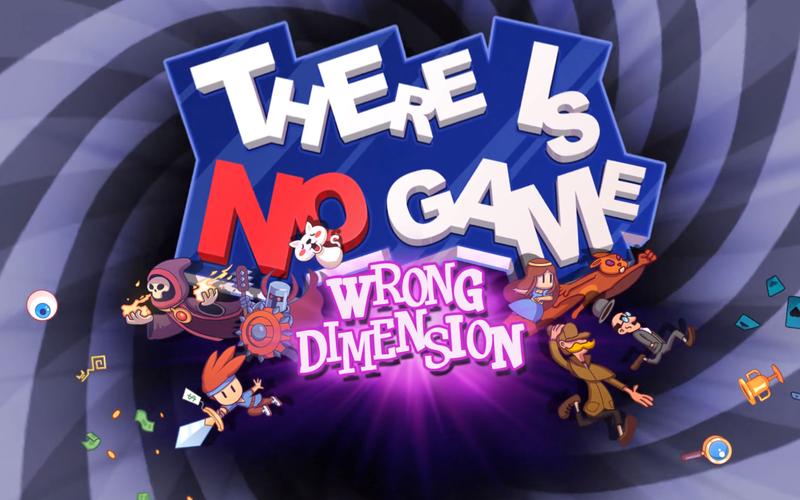
Understanding the Basics of Money Management
Teaching teenagers about life and money is a crucial task for parents and educators. One innovative way to do this is through interactive games that not only entertain but also educate. These games can help teens understand the importance of managing finances, budgeting, and handling bills. Let’s delve into how these games can be a valuable tool in shaping a financially literate generation.
Interactive Financial Literacy Games
Interactive financial literacy games are designed to simulate real-life scenarios where teens can learn about earning, spending, saving, and investing. These games often come in the form of role-playing simulations, where players take on the role of a young adult managing their own finances.

One popular game is “LifeSmarts,” which is a free, interactive online game that teaches teens about personal finance, consumer rights, and technology. The game is divided into different modules, each focusing on a different aspect of financial literacy. For instance, the “Budgeting” module teaches players how to create a budget, track expenses, and save money.
Real-World Scenarios
Many financial literacy games incorporate real-world scenarios that teens might encounter in their daily lives. For example, a game might require players to manage a part-time job, pay bills, save for a car, and plan for college. These scenarios help teens understand the complexities of managing money in the real world.
One such game is “Real Money, Real World,” which is a web-based game that allows players to create a character and navigate through different life stages, making financial decisions along the way. The game covers topics such as credit, debt, and investing, and provides players with a realistic understanding of how their financial choices can impact their future.
Learning Through Play
One of the most effective ways to teach teens about money and bills is through play. Games like “The Game of Life” and “Monopoly” are classic examples that teach players about earning, spending, and saving. These games can be adapted to include real-life expenses such as rent, utilities, and groceries.

For instance, in “The Game of Life,” players start with a job and must make decisions about buying a house, saving for retirement, and paying off debt. This game helps teens understand the long-term implications of their financial choices.
Interactive Apps and Websites
In addition to traditional games, there are numerous interactive apps and websites that can help teens learn about money management. These tools often provide a more personalized experience, allowing teens to track their own spending and savings.
One such app is “Mint,” which is a popular personal finance app that helps users track their spending, create budgets, and set financial goals. Another app is “Goodbudget,” which is a budgeting app that allows users to create a monthly budget and track their expenses.
Table: Comparison of Financial Literacy Games and Apps
| Game/App | Focus | Age Range | Platform |
|---|---|---|---|
| LifeSmarts | Personal finance, consumer rights, technology | 13-19 | Online |
| Real Money, Real World | Credit, debt, investing | 13-19 | Online |
| The Game of Life | Earning, spending, saving, retirement | 13+ | Board game, online |
| Monopoly | Earning, spending, saving, investing | 8+ | Board game |
| Mint | Spending, budgeting, goal setting | 13+ | Online, mobile app |
| Goodbudget | Budgeting, expense tracking | 13+ | Online, mobile app |
Conclusion
Interactive games and apps are powerful tools for teaching teens




